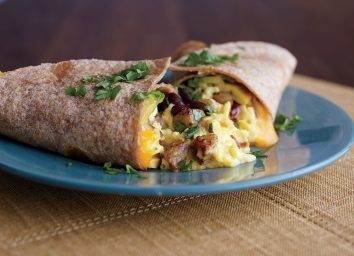The One Thing You Should Be Eating for More Energy, Says Doctor

These days, fatigue is so common it has spawned a subset of conditions: chronic fatigue, crisis fatigue, vital exhaustion, and even Zoom fatigue, to name just a few. Whether the tiredness is a post-COVID symptom or just depletion from the day-to-day rigors of life, most of us could use a sustainable energy boost.
In his new book, The Energy Paradox, Steven R. Gundry, M.D., a cardiothoracic surgeon and New York Times bestselling author, explains that the root cause of your personal energy crisis likely has to do with how your microbiome communicates (or doesn’t) with all of your other cells. More to the point, he outlines the ways you can get your microbiome to stop sleeping on the job. One easy suggestion: Add more fiber to your diet.
“I’ve found that this nutrient is hugely underappreciated in the American diet—most of my patients have no idea how much fiber they consume in a day,” Dr. Gundry says in his book. “Heck, many of them don’t even know what foods contain fiber!” (The average modern American diet contains about 20 to 60 grams of fiber. And if you are eating a keto-style diet, you may consume almost no fiber; If you have keto-inspired constipation, these natural laxatives may help.)
So what exactly is fiber?
Let’s start with the definition: The term “fiber” refers to complex carbohydrates, including resistant starches and other nondigestible sugars, that aren’t easily broken down in the small intestine.
Dr. Gundry goes on to explain that, “while the small intestine has the enzymes to digest simple starches (which are made up of lots of sugar molecules strung together in a chain), it lacks the enzymes to break apart resistant starches’ complex, tightly bound sugar molecules or intact cell walls or both; thus this fiber passes through relatively unscathed. When you eat ‘undigestible’ carbohydrates, you typically eat them alongside digestible proteins, fats, and simple sugars in your meal. The undigestible parts of your meal slows transit of these other foods, keeping the absorption of simple sugars gradual and steady so that your body, and more importantly, your energy-producing mitochondria, can assimilate the nutrients in a slow and steady fashion. Eventually, as components from digested food cross into your bloodstream to provide energy to your cells, the remaining fiber continues on down to the large intestine, and a certain subset of it known as soluble fiber meets its maker—your microbiome.”
Why does fiber matter?
The trillions of probiotic bacteria that live in your gut need to eat, and their favorite meals contain prebiotic foods. When they do, Dr. Gundry explains, they generate gases that communicate information from your microbiome to your cells (and the mitochondria within them). Without enough prebiotic matter to munch on, those anti-inflammatory, energy-producing molecules don’t function optimally, which allows exhaustion to take hold.
Making matters worse, when you are tired you make food choices that—you guessed it—have no fiber and little healthy fat (think refined processed foods such as cookies and chips) that will make you even more tired. During the processing of these unhealthy packaged foods, naturally occurring fiber is stripped out and replaced by harmful added sugar.
When you eat these types of food, they get absorbed at the top of your small intestine, almost immediately, so your body doesn’t have work (and burn calories) to digest them, leading to weight gain and lethargy.
Beyond that, the fast process triggered by eating low-fiber foods overwhelms your mitochondria’s ability to convert food to energy, which Dr. Gundry notes, is “a key driver of fatigue and insulin resistance.”
Start slowly by adding the following prebiotic-fiber foods to your diet in order to up your fiber intake (without upsetting your stomach).
Flaxseed
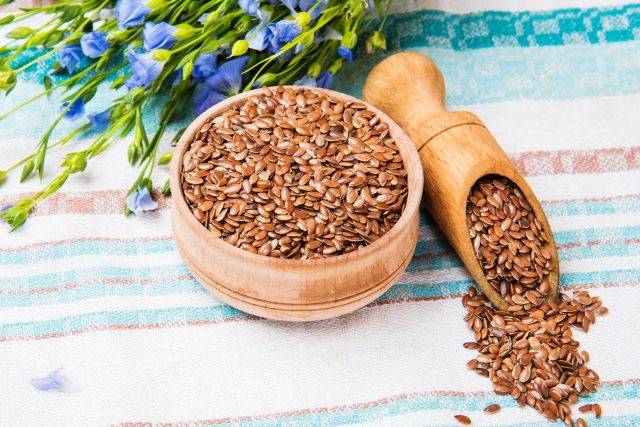
Not only is flaxseed a great source of fiber and protein—one tablespoon contains 3 grams of fiber and 2 grams of protein—but it also contains high levels of omega 3 fatty acids which may be a factor in preventing cardiovascular disease. For more amazing benefits of flaxseed (like its ability to potentially fight tumors), read this.
Okra
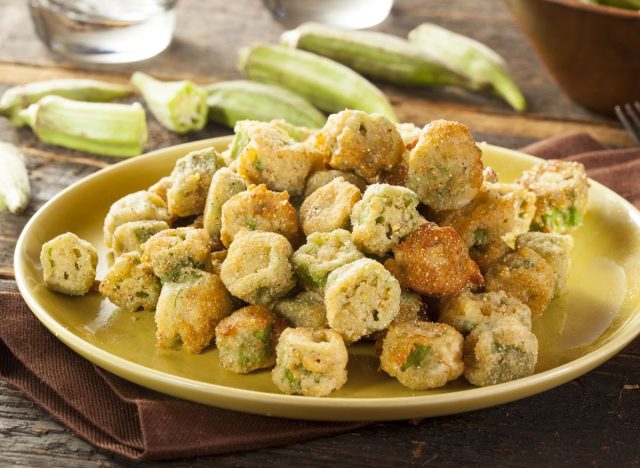
Beyond being a staple in southern cooking, okra has traditions in cuisines around the world—and for good reason! It’s packed with nutrients (like vitamin K and magnesium) and is another great source of fiber. You can add okra to soups and stews, grill it, roast it or even pop it in an air fryer.
Sweet Potatoes
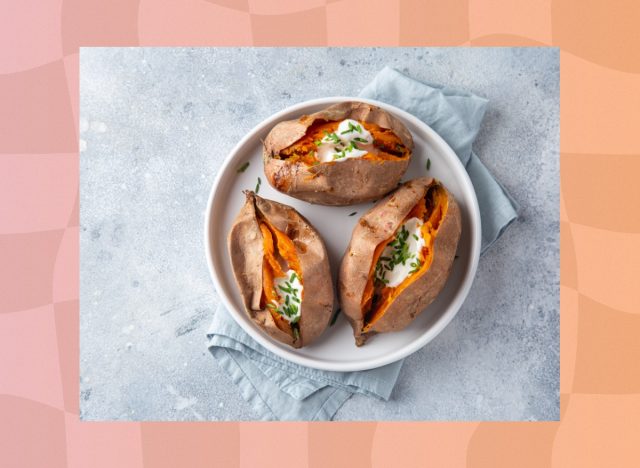
Sweet potatoes are a fantastic source of resistant starch—a type of fiber that resists the digestive enzymes in your small intestine. “When your probiotic bacteria ferment the starches, energy is generated—giving them the fuel to replicate, which adds to their diversity and abundance so that they, in turn, can produce more postbiotics,” says Dr. Gundry.
Looking for fun ways to add sweet potato to your plate? Here are 25 healthy and delicious sweet potato recipes to try.
Sauerkraut
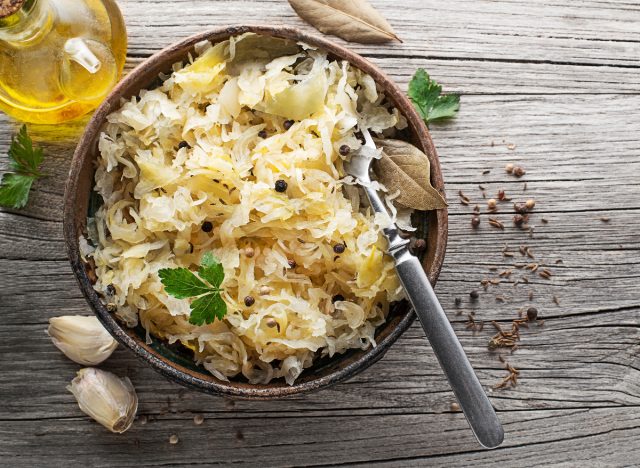
Sauerkraut, though somewhat polarizing, is not only a great source of fiber but also probiotics, making it a royal feast for your microbiome. Add it to salads, avocado toast, or make the stuffed mushroom recipe here.
Asparagus
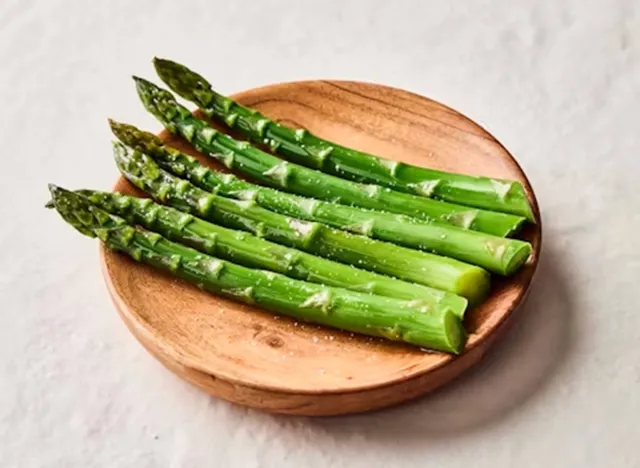
Just one cup of asparagus contains 3.6 grams of fiber (both soluble and insoluble), but it’s also a fantastic source of vitamin K which has a vital impact on blood and bone health. Beyond feeding your gut buddies, it also acts as a natural diuretic helping flush out excess water and salt.
In a hurry? Try this easy roasted parmesan asparagus recipe and reap the benefits.
Green Bananas
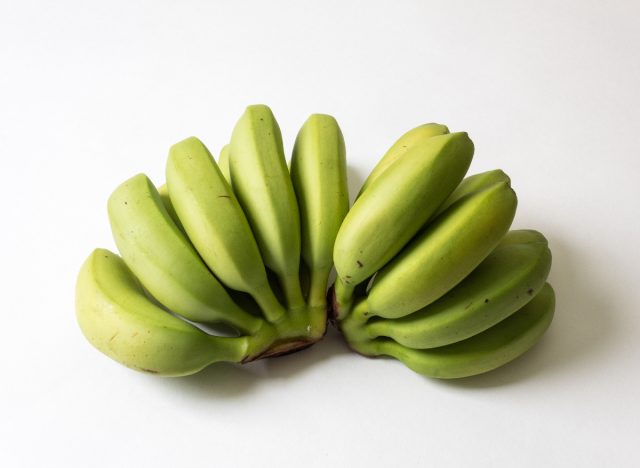
While most people prefer to eat their bananas after they’ve ripened, eating them when they’re still green allows you to benefit from their high levels of dietary fiber—levels that decrease as they ripen, turning into simple sugars instead. Unripe bananas contain resistant starch that makes up 70 to 80 percent of their dry weight but ripe bananas contain just 1 percent starch.
Chicory Root
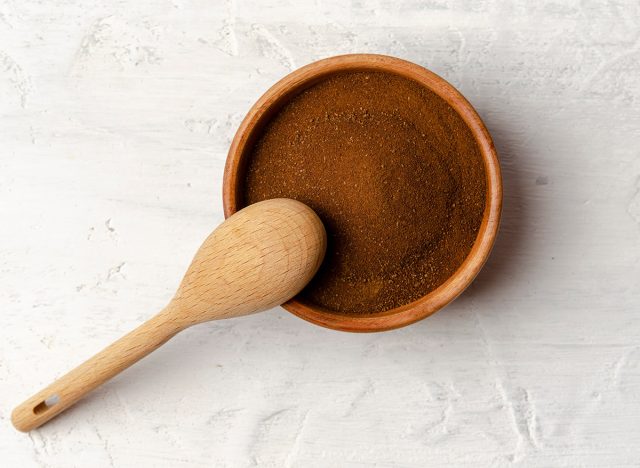
Though not widely known, chicory root is a leafy plant harvested for its roots that are loaded with inulin—a prebiotic fiber that made up much of the hunter-gatherers’ diet. And according to Dr. Gundry, “researchers studying dry cave deposits in northern Mexico have estimated that as much as 135 grams of early humans’ fiber intake came from inulin in the form of desert plants”—a shocking number when you look at today’s diet, where “inulin accounts for only a few grams per day of your fiber intake, if that.”
Broccoli
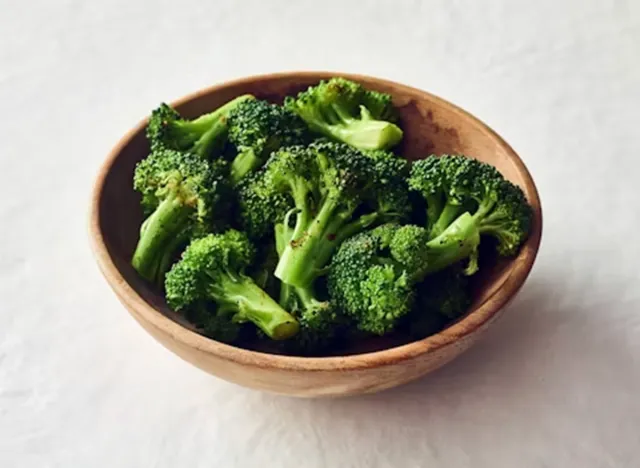
Nature’s multivitamin, broccoli has long been known as one of the most nutritious veggies you can pile on your plate. And it’s loaded with fiber! It offers your gut prebiotics that fuel your digestion and keep your microbiome functioning top-notch. Plus, due to its high levels of the compound sulforaphane, it reduces inflammation.
Artichokes
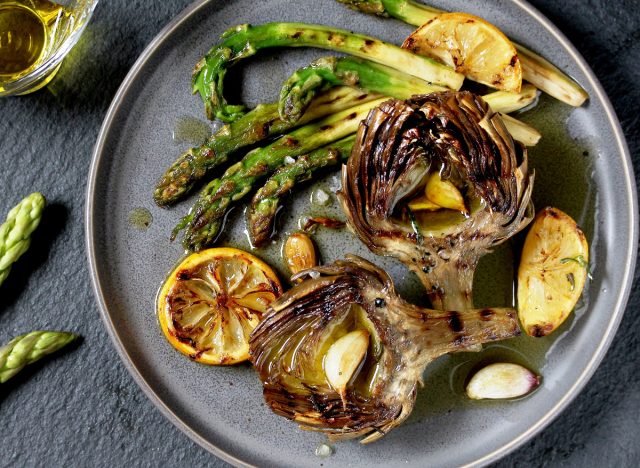
These delicious, giant thistles are another gut-boosting addition to your plate. One medium artichoke has around 7 grams of fiber and is packed with nutrients like folate, magnesium, potassium, and vitamins A, C, and K. They’re also another great source of the prebiotic inulin.
Garlic and Onions
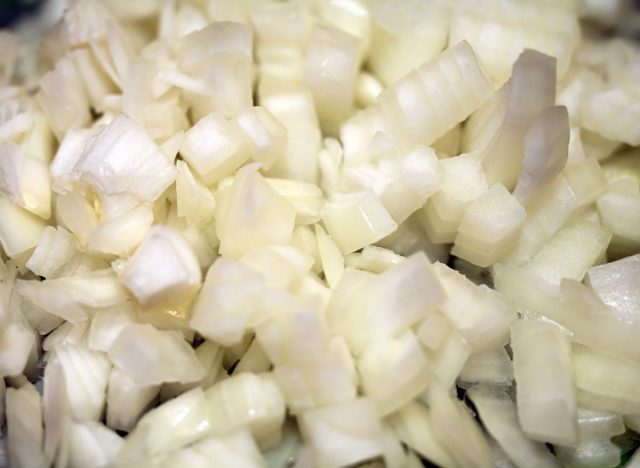
Garlic and onions are easy to throw in, well… just about everything. From soups to egg scrambles to stir-fries (and just about everything in between), garlic and onions are two of the easiest-to-use inulin-rich prebiotics.
Avocados
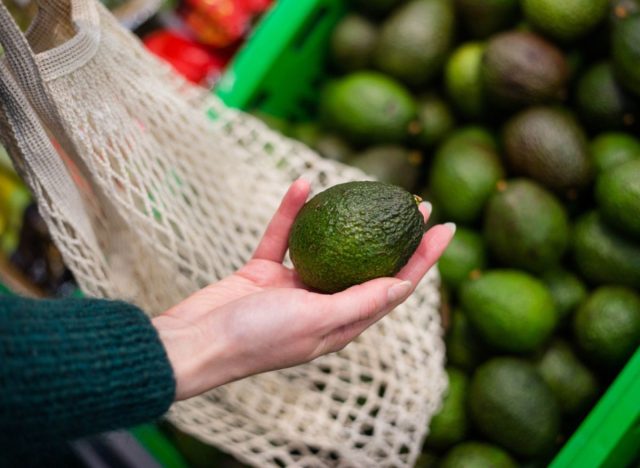
Guacamole fans rejoice! Avocados are an excellent source of fiber—with 25 percent soluble and 75 percent insoluble—and contain more potassium than bananas. They’re also loaded with the heart-healthy fat oleic acid, which combats inflammation.
Blueberries
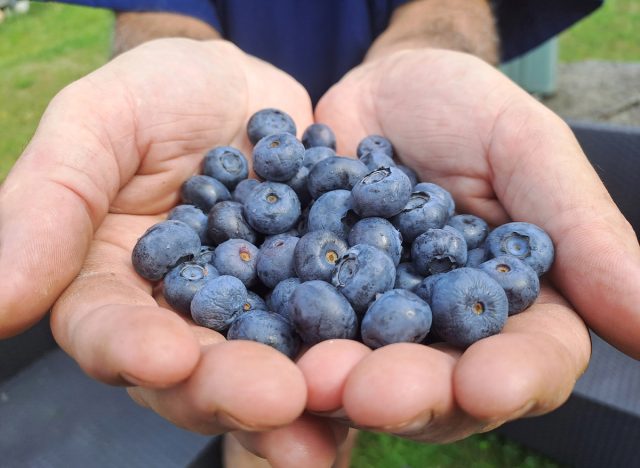
A high-fiber fruit that’s also relatively low-sugar, blueberries are a great mid-day snack, topper for yogurt, or addition to morning smoothies—with lots of benefits (including a boost in brainpower).
Adapted by permission from THE ENERGY PARADOX by Steven R. Gundry, MD. Copyright © 2021 by Steven R. Gundry, MD. Published by Harper Wave, an imprint of HarperCollins Publishers.
Steven R. Gundry, M.D. is one of the world’s top cardiothoracic surgeons, as well as medical director at The International Heart and Lung Institute Center for Restorative Medicine. He has spent the last two decades studying the microbiome and now helps patients use diet and nutrition as a key form of treatment. He is also host of The Dr. Gundry Podcast and the founder of GundryMD, a line of wellness products and supplements.
